This aims to reposition the role of textbooks and teacher creativity in the context of innovation.
From the perspective of experts and international experience, the unification of textbooks does not go against the trend, but on the contrary, opens up opportunities to improve the quality of education , towards fairness and sustainability.
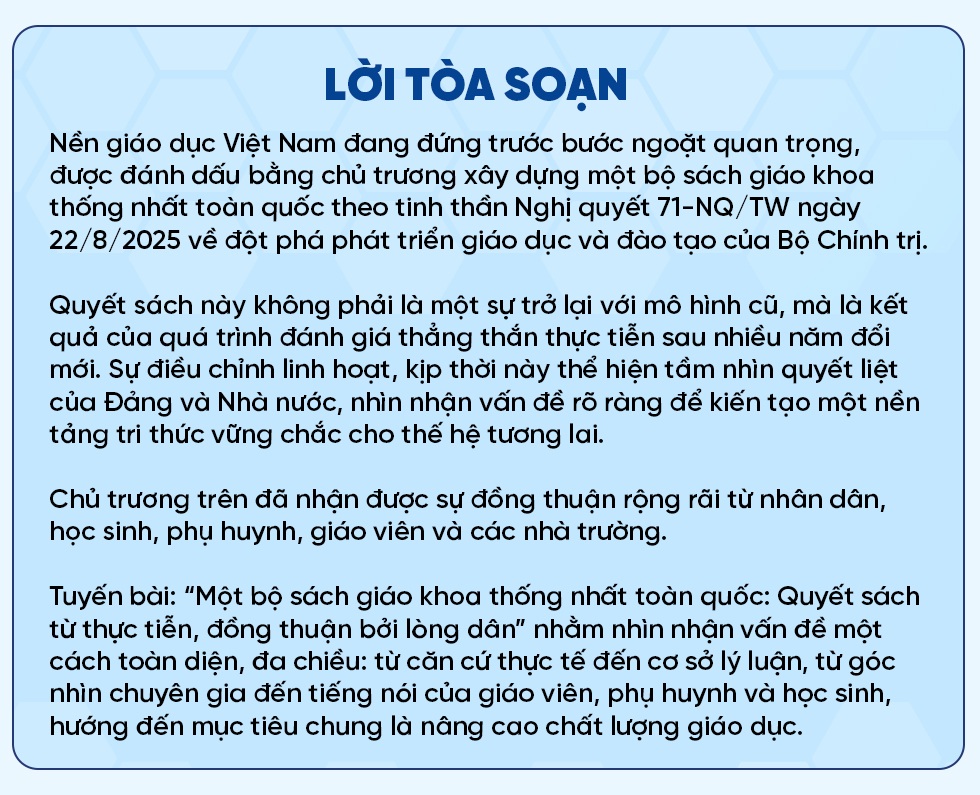

According to Associate Professor Dr. Nguyen Kim Hong - former Principal of Ho Chi Minh City University of Education - implementing a unified set of textbooks nationwide does not go against the world 's educational trends.
He said that in reality, many countries use a variety of teaching materials, including textbooks, but the effectiveness depends mainly on the capacity and initiative of teachers in designing lessons.
Citing the example of the 10th grade geography curriculum in Australia, which is only 27 pages long, Associate Professor Kim Hong said that from that curriculum framework, teachers can develop appropriate topics and themes.
According to him, the foundation of general education is the program, textbooks are the tools. In the past, Vietnamese teachers had difficulty doing this due to the large amount of work, especially grading papers, but now technology has helped solve this problem. Now, teachers can completely take the initiative to design and build lessons when there is a very detailed subject program like in Vietnam.
He emphasized that a common set of textbooks does not take away the creativity of teachers. On that unified knowledge base, teachers can completely take the initiative to develop materials and build lessons suitable for each group of students. It is the teachers who decide the quality and creativity in teaching.
In this context, according to Associate Professor Dr. Nguyen Kim Hong, if the State can provide textbooks for students in a long-term way, it will bring many benefits in teaching and learning.
“A unified set of textbooks, used for a long time and eventually provided free of charge, will help save a lot of money for families and society. Many countries do not reprint new textbooks but only update electronic versions or appendices when data needs to be adjusted,” said the former Principal of Ho Chi Minh City University of Education.
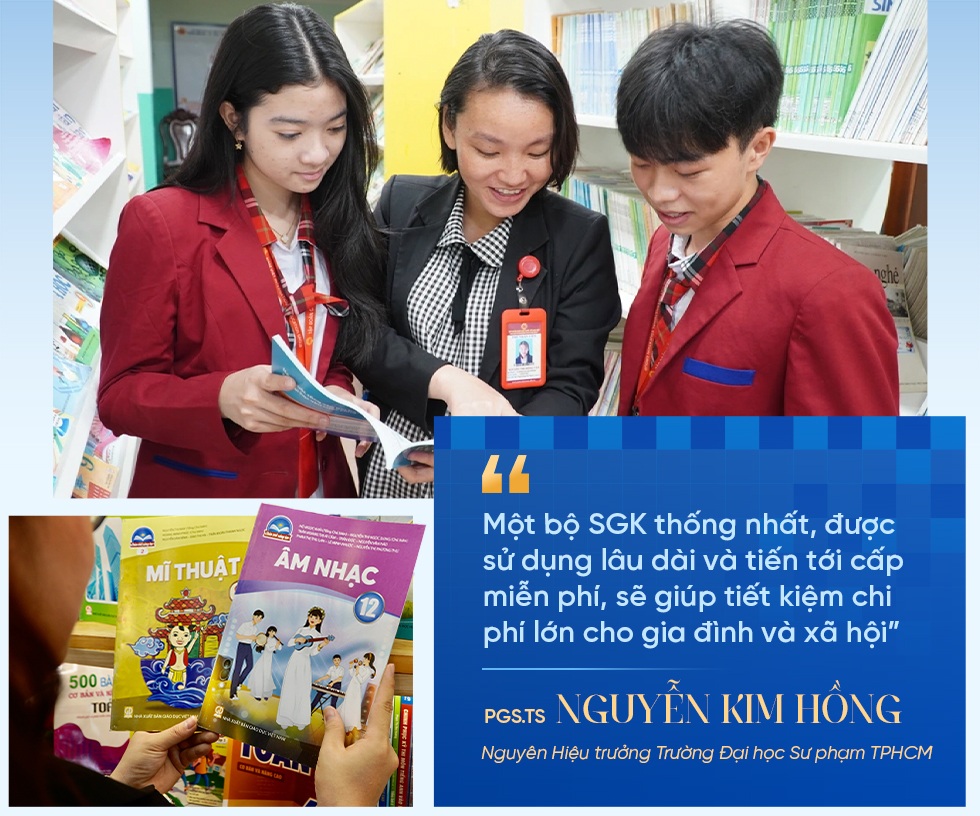
Referring to technological solutions, Associate Professor Dr. Nguyen Kim Hong raised the issue of applying artificial intelligence (AI) to synthesize and select content from existing textbooks, forming a complete and unified set of books.

In response to many opinions that "ensuring the provision of a unified set of textbooks nationwide" goes against the spirit of "one program - many textbooks" and will destroy teachers' autonomy and creativity, Professor Le Anh Vinh, Director of the Vietnam Institute of Educational Sciences, Ministry of Education and Training , who directly participated in compiling textbooks and closely followed the implementation of the program in the past 5 years, expressed the view that it is necessary to evaluate calmly and cautiously.
Mr. Vinh expressed that Resolution 88/2014/QH13 issued in 2014 clearly encouraged organizations and individuals to compile textbooks based on the general education program. At the same time, to proactively implement the new program, the Ministry of Education and Training organized the compilation of a set of textbooks; this set of books was assessed and approved fairly like other textbooks.
Ensuring the provision of a unified set of books nationwide to ensure that all regions, especially disadvantaged areas, can implement the new program smoothly, without being hindered by book prices, supply or access to learning materials is appropriate.
If there are units or individuals who can compile better and more suitable books, the door is always open for them to be used. But if they do not do much better, having many sets of books that are “equally good” and can replace each other will only disperse resources and make implementation difficult, while the added value is insignificant.
Given the upcoming situation of choosing only one of the three current textbook sets for unified use, will it take away the "autonomy" or "creativity" of teachers as many people wonder? According to Mr. Vinh, the answer is "no".
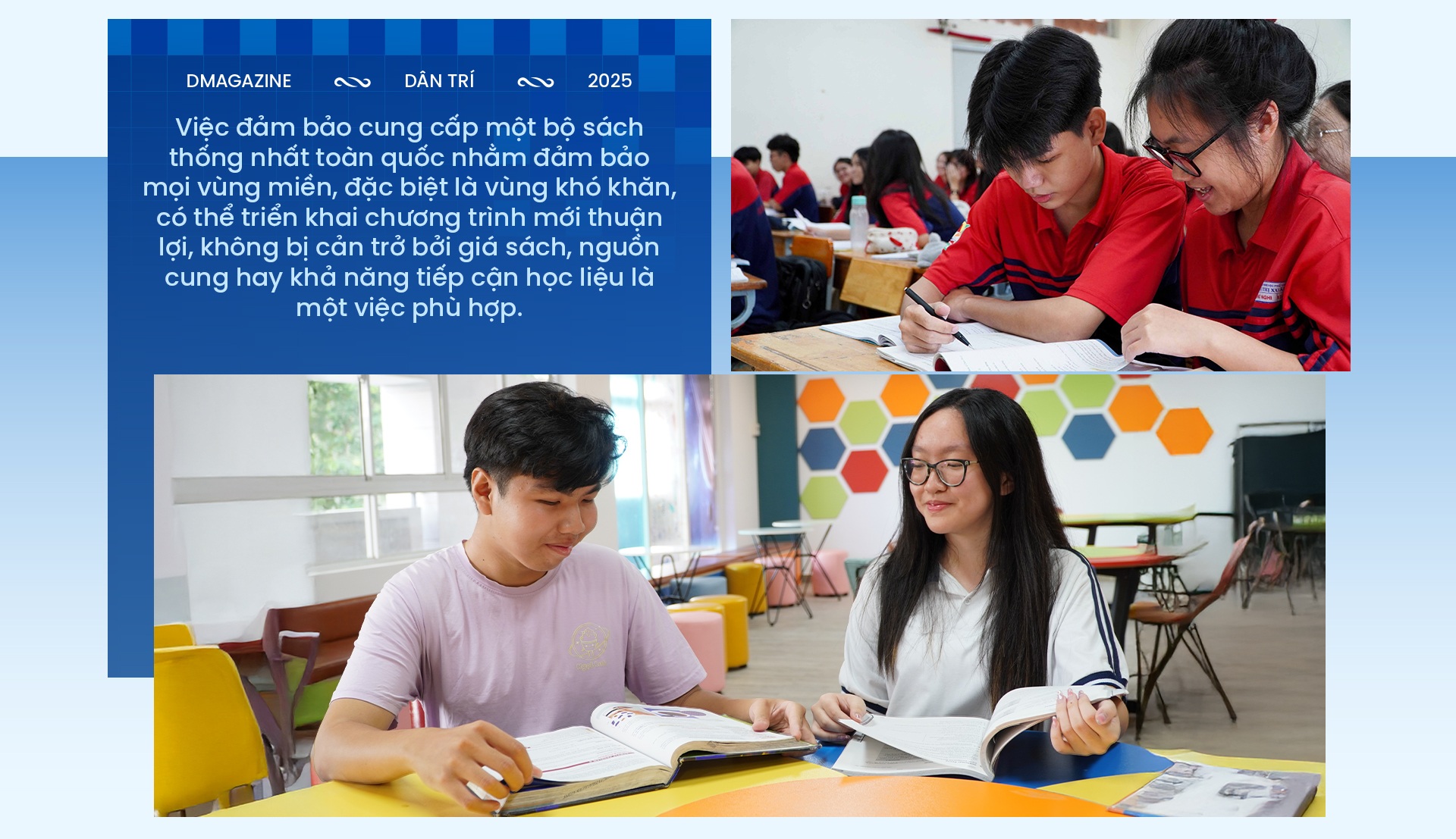
Mr. Vinh believes that, in reality, all three sets of textbooks are of good quality, and teachers can teach well using any set. Teachers' creativity and autonomy do not depend on the number of sets of books, but on their pedagogical capacity and ability to organize teaching, turn content into appropriate experiences, connect with students' lives and stimulate interest in learning.
“The number of textbooks should not be a measure of innovation, the decisive factor lies in whether every region has the best textbooks for smooth implementation, and at the same time teachers are supported to turn books into vivid and effective lessons. A good textbook is just a tool, teaching effectiveness still depends on the skills and initiative of the teacher,” Professor Le Anh Vinh emphasized.
Rejecting the view that unified textbooks are a "step backward", Professor Phan Van Tan - University of Natural Sciences, Vietnam National University, Hanoi - looked back at history: "Why did the country still produce so many talented people in the past, with only one set of books, such as Professor Ton That Tung, Professor Hoang Tuy... but now we need so many different sets?"
He also emphasized that a unified set of textbooks does not mean “confining” creativity. Scientists and authors can absolutely write, publish and use reference materials to enrich teaching content.
“If there is a better set of books, society will take note and the management agency can update and adjust. That is the natural evolution of knowledge, not a step back,” he said.
Professor Phan Van Tan further analyzed that a unified set of textbooks will bring three great benefits.
Firstly, it helps to establish common standards for assessment and testing, ensuring fairness between regions.
Second, it helps save costs for the State and people, when books can be reused and shared between generations.
Third, better social support capabilities, easier fundraising in case of natural disasters and losses, creating conditions for school libraries to play their role, helping students access study books more conveniently.

Mr. Le Hong Thai - Principal of Phan Van Tri Primary School, Cau Ong Lanh Ward, Ho Chi Minh City - also emphasized that unity is the biggest advantage of this policy. Unifying a set of textbooks nationwide helps schools easily implement education and teaching.
"When the whole country has a unified set of textbooks, managing, testing, evaluating and comparing teaching quality between provinces and cities will be much easier," said Mr. Thai.
However, he also noted that a unified set of textbooks is only truly successful when teachers are empowered to be creative. If teaching and learning only relies on books and does not expand the vocabulary, we may return to the method of teaching by rote. Therefore, he emphasized that the core of success lies in the teaching staff. They must constantly research and innovate to enrich their lessons. Meanwhile, managers need to be open and flexible to encourage creativity.

The Principal suggested that the unified set of textbooks should be built to be truly standard, serving as a "framework" for reference, and teachers should be able to proactively choose teaching materials.
Similarly, Ms. Nguyen Thi Hen - former literature teacher at Xuan Son Secondary School, Quang Ninh - expressed her hope: "The innovation of textbooks is accompanied by innovation in teaching methods. Teachers need to be thoroughly trained before officially using the new set of books nationwide."
Associate Professor, Dr. Bui Manh Hung, Chief Coordinator, General Education Program Development Board 2018, Editor-in-Chief of Vietnamese language and literature textbooks, "Connecting knowledge with life" series, stated that the ultimate goal of a unified set of textbooks is still "to improve the quality of teaching and learning" as directed by General Secretary To Lam.
According to Mr. Hung, with Resolution 71 of the Politburo on breakthrough in education and training development, the innovation of programs and textbooks has entered a new phase, from "one program - many textbooks" to "one program - one unified set of textbooks".
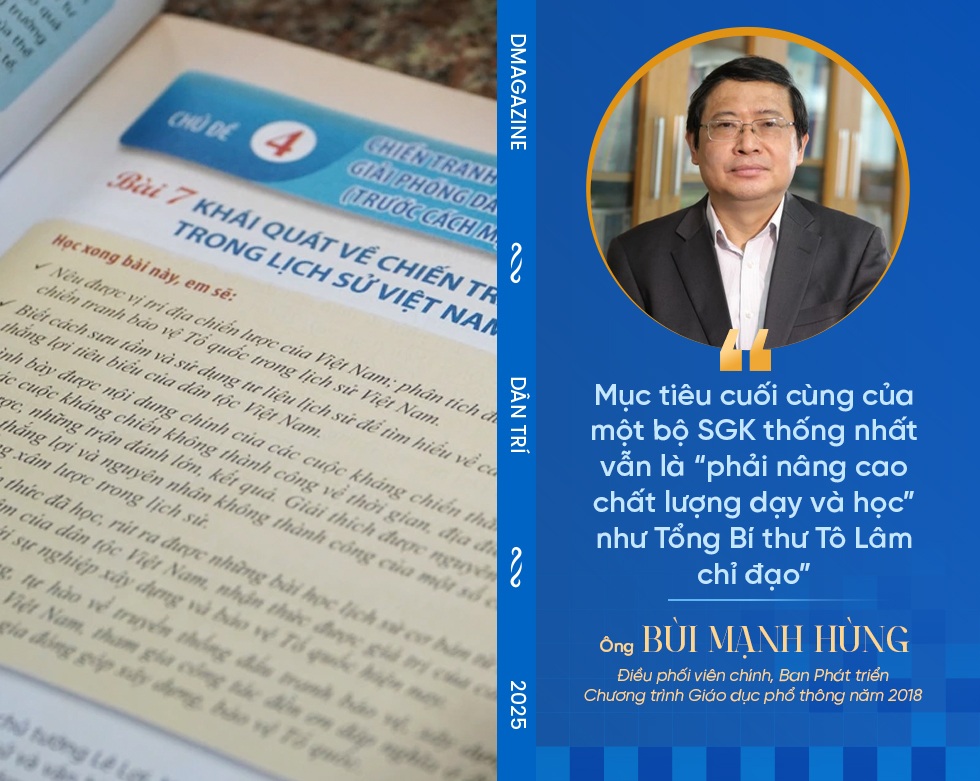
However, he believes that whether compiling a completely new set of textbooks or choosing from existing sets to have a unified set of textbooks, the sets of books currently in use should continue to be circulated to ensure diversity in teaching materials.
According to the Editor-in-Chief, circulating some other teaching materials in addition to the unified textbook set also helps to reduce the risk of the education system returning to a teaching method that is framed in a single approach, which harms the goal of training people with creative capacity - a capacity that contributes to the training of high-quality human resources.

Emphasizing the need for modernity in the upcoming textbooks, Mr. Le Ngoc Diep, former Head of the Primary Education Department, Ho Chi Minh City Department of Education and Training, reiterated a viewpoint from the 1993 national conference in Hue.
He said that, at that time, he had emphasized that: "The country is integrating and moving towards an industrial, modern society, so the construction of textbooks must "look to the North, look to the South, look to the whole globe" to anticipate new knowledge."
This viewpoint remains relevant and urgent today. The analyst said that with the speed of human knowledge increasing many times in just one year, it requires the education sector to make timely and fundamental changes in compiling and updating learning materials.
Whether in urban or rural areas, mountainous or plain areas, children need to have access to modern programs that are suitable for modern psychology, culture and society. The mother tongue - Vietnamese - needs to be taught as a solid foundation tool, thereby helping children develop comprehensively. In this, textbooks play a special role.
From the perspective of international experience, there is no perfect model and each country's choice reflects its educational philosophy, social context and development goals.
There are three popular models in the world. The first model is a unified set of textbooks compiled by the State, such as in China, Russia, Cuba...
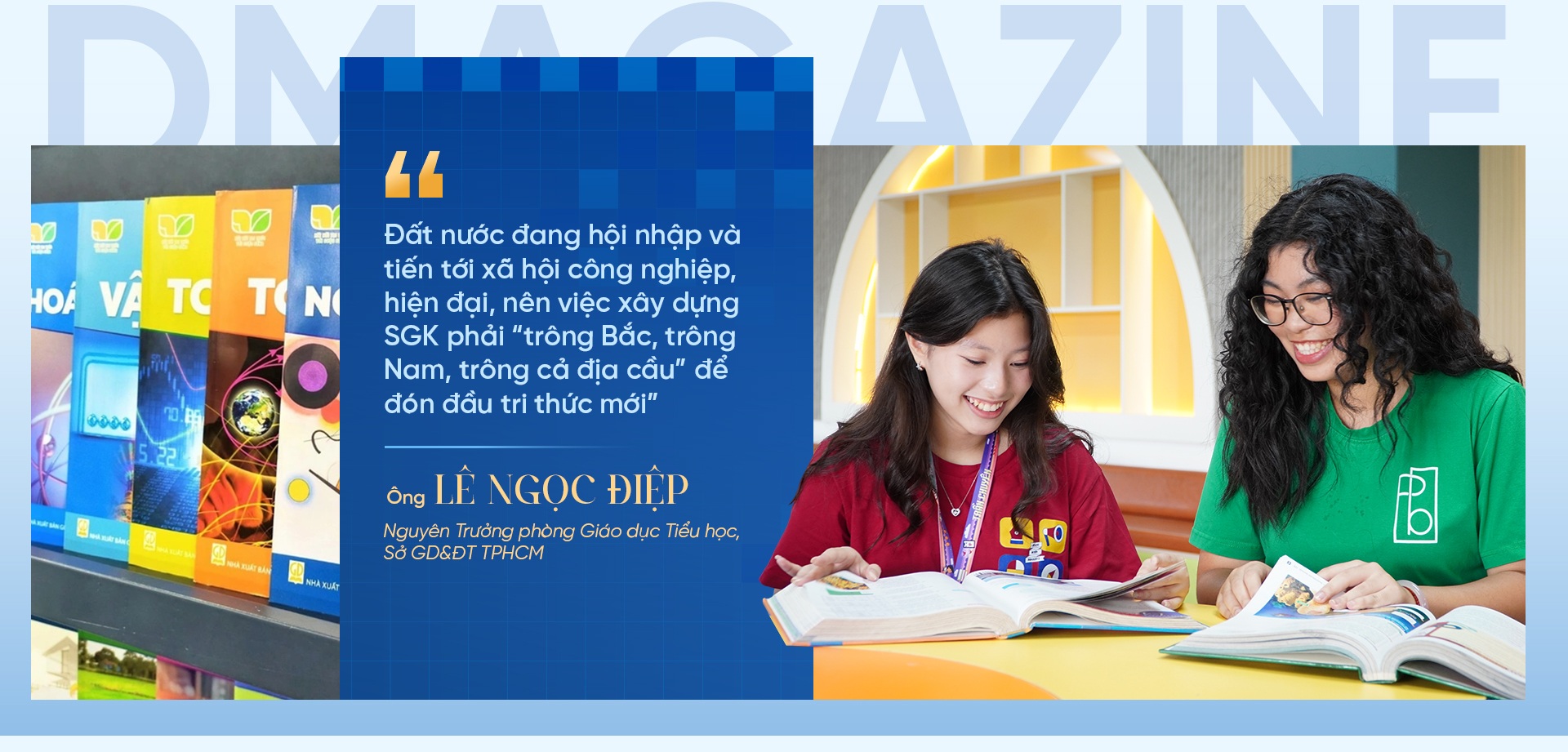
The outstanding advantage is to help unify textbooks nationwide, preserve identity, reduce costs thanks to centralized printing, while facilitating testing and evaluation, ensuring fairness between regions.
However, this is difficult to meet the different needs of regions, and does not encourage creativity and innovation in teaching methods.
In contrast, the second model is many socialized textbooks, typically in the US, Germany, Canada, and Australia, bringing diversity and flexibility, promoting the proactive role of teachers and schools.
Publishers are free to compile books according to the framework program; teachers and schools have the right to choose suitable textbooks. This encourages competition, creates diversity and promotes creativity. But this can also easily lead to inequality and quality disparity if not controlled.
The third model is the hybrid model, typical in Japan, South Korea and Singapore. Many publishers participate in compilation, but the State still plays an active role in core subjects such as history, language or civic education. The hybrid model is considered a compromise, maintaining a common foundation while encouraging innovation. However, it comes with high requirements for management and the risk of overlapping in selection.
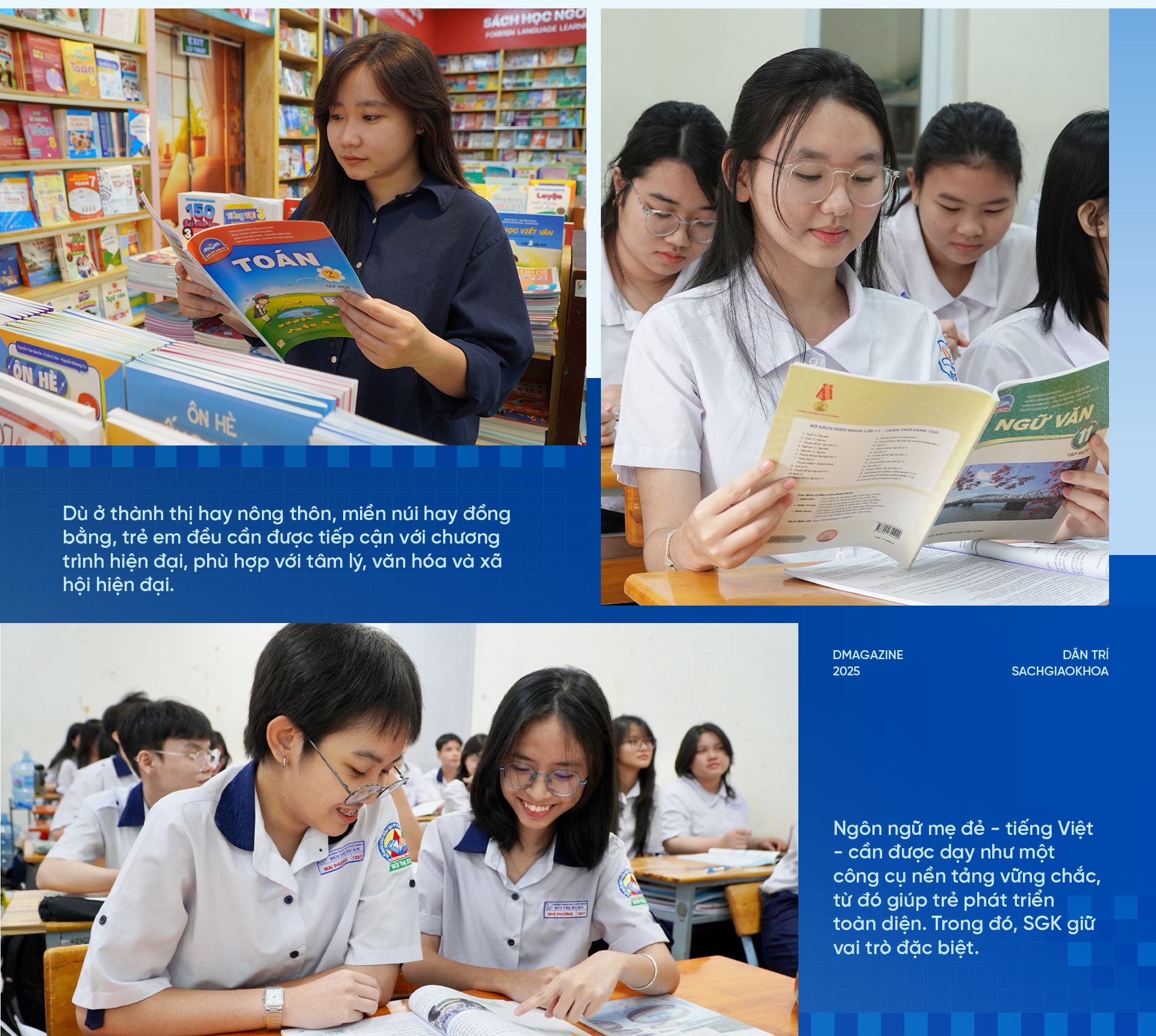
Notably, many countries once let the market completely decide on textbooks but then had to return to a set of state books.
In Thailand, the difference in quality between textbooks has caused inequality, forcing the Government to develop standard textbooks.
Similarly, Indonesia once left the market to float, but the price of textbooks increased, making them inaccessible to students in remote areas. As a result, the Ministry of Education had to issue cheap national textbooks and free electronic versions.
The Philippines and Malaysia have also taken similar steps to maintain unity of values and ensure learning opportunities for all students.
In reality, there is no perfect textbook model, so depending on the characteristics of each country, there are appropriate choices.
“International experience shows that, no matter what model is applied, the role of the State is still the key factor. An official set of textbooks compiled by the State is not only a national standard, but also a tool to ensure fairness, orient education, and preserve core values,” shared Dr. Sai Cong Hong, former Deputy Director of the Department of Secondary Education, Ministry of Education and Training.
Part 1: From the classroom to the parliament: Consensus for a unified set of textbooks
Source: https://dantri.com.vn/giao-duc/mot-bo-sach-giao-khoa-thong-nhat-tu-2026-quyet-dinh-vi-chat-luong-giao-duc-20251028204128268.htm


![[Photo] Flooding on the right side of the gate, entrance to Hue Citadel](https://vphoto.vietnam.vn/thumb/1200x675/vietnam/resource/IMAGE/2025/10/28/1761660788143_ndo_br_gen-h-z7165069467254-74c71c36d0cb396744b678cec80552f0-2-jpg.webp)


![[Photo] National Assembly Chairman Tran Thanh Man received a delegation of the Social Democratic Party of Germany](https://vphoto.vietnam.vn/thumb/1200x675/vietnam/resource/IMAGE/2025/10/28/1761652150406_ndo_br_cover-3345-jpg.webp)

![[Photo] Draft documents of the 14th Party Congress reach people at the Commune Cultural Post Offices](https://vphoto.vietnam.vn/thumb/1200x675/vietnam/resource/IMAGE/2025/10/28/1761642182616_du-thao-tai-tinh-hung-yen-4070-5235-jpg.webp)
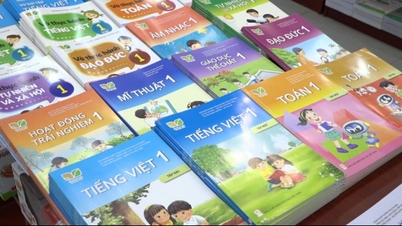













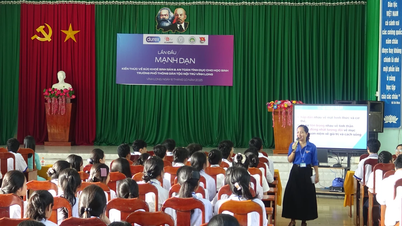
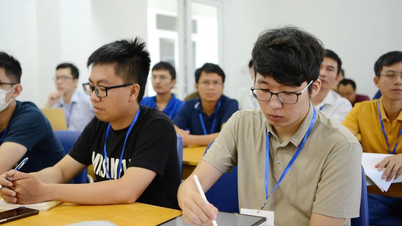
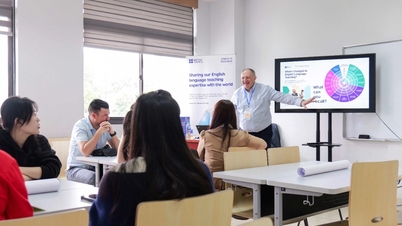

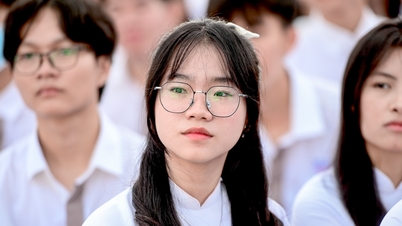







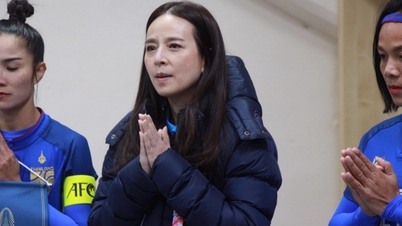


![[Photo] President Luong Cuong attends the 80th Anniversary of the Traditional Day of the Armed Forces of Military Region 3](https://vphoto.vietnam.vn/thumb/1200x675/vietnam/resource/IMAGE/2025/10/28/1761635584312_ndo_br_1-jpg.webp)












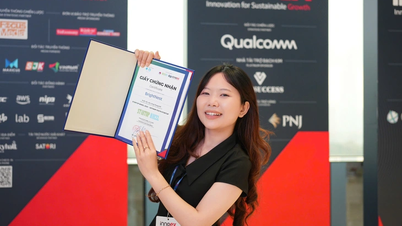
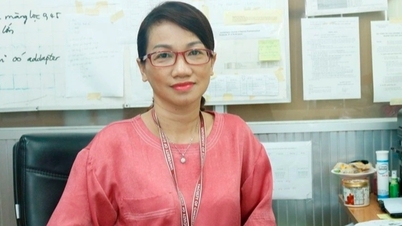


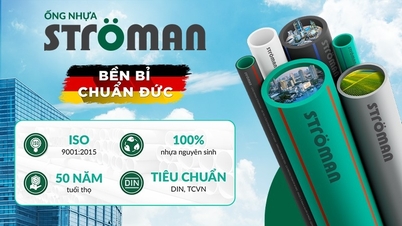

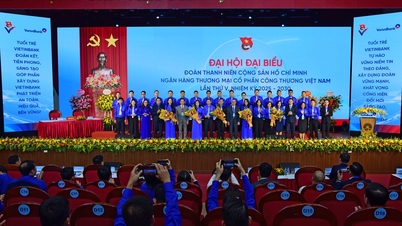
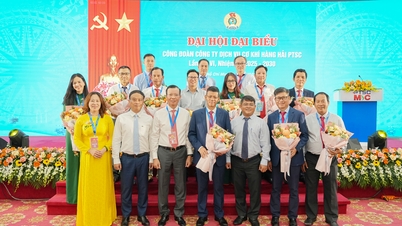

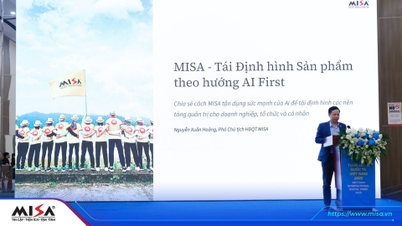







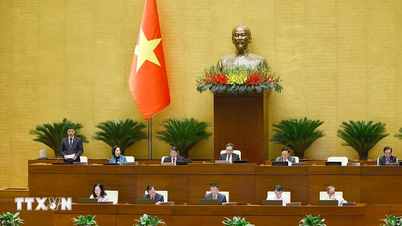

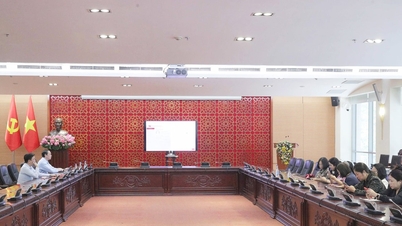




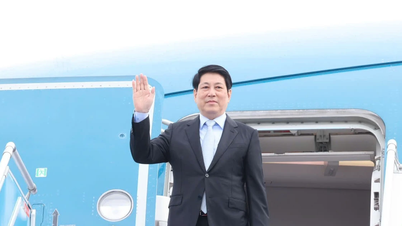




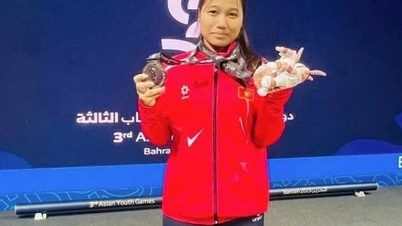
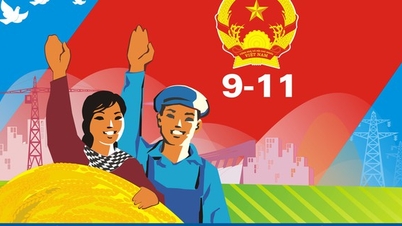
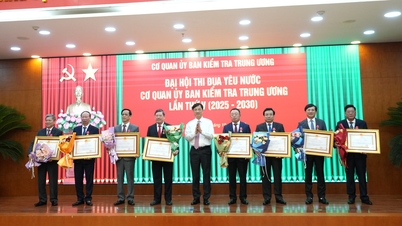


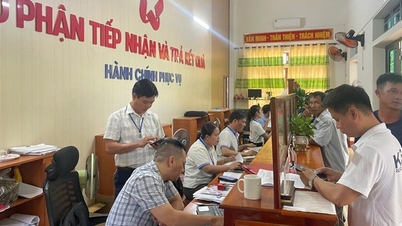

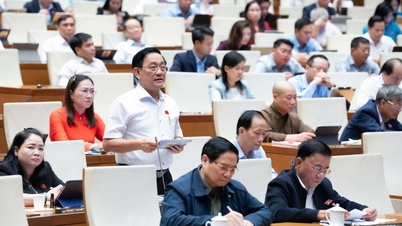

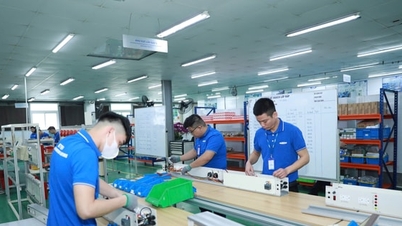






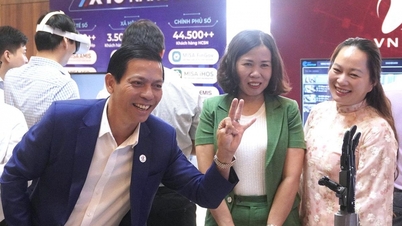














Comment (0)